|
Until recently (like, last week) backwards design felt right. I always tried to have the end in sight and figure out with the students what learning engagements they could encounter to get to that end. "Best practice," right? On my path for more agency with my students I am beginning to question this. Our new unit is really what is making me think more about it. Here is some background information about the unit, if you are interested. How We Organise Ourselves CI: Technology is an integral element of our lives LOI1: Responsible consumption of technology (Responsibility) LOI2: The positive and negative aspects of current technology (Reflection) LOI3: The advances that technology has enabled (Function) We keep trying to think of a summative assessment for this unit... where are we going with this? What do we want them to accomplish or know? How can they show this? We have had multiple thoughts from "how to" videos showing online safety, to blogs with comments and questions from students safely and positively interacting with each other, to a "show what you know" type thing where they can just tell us (in any form) what they know about the central idea and lines of inquiry. We are also toying with the idea of bringing in the Sustainable Development Goals and having the central idea and lines of inquiry be the driver/lens for it. Of course formative assessment is key. I don't want to ignore that fact. We need to be monitoring student actions and knowledge of all lines of inquiry as we go. But if students with agency are choosing their own paths for their learning, should we be contriving a summative assessment for them based on what we think is best? Is this fitting student needs or ours? I suppose the "backwards design" is starting with the why. Why is this unit important... For us this means why do we need students to know about how technology is an integral element of our lives? Why do we need students to know how to consume technology responsibly? Why do we need students to know the positive and negative aspects of technology? Why do we need students to know the advances technology has enabled? It is a hard one because really it is for their current and future use of technology in their own lives inside and outside of school. The real summative assessment is if they are actually using technology safely and positively as they get older, after they leave our classrooms. Maybe the "show what you know" is the best option for now? Maybe a mini portfolio of examples of their positive tech use and knowledge in the unit? Aren't the central idea and lines of inquiry what we want them to accomplish or know? Should we use that for our backwards design thinking instead of a summative? I'm not sure where we are headed, but if students reflections along the way show their knowledge, I am not sure we need to contrive a fake summative for them. Do we?
3 Comments
4/20/2018 08:56:05 am
Maybe the. Central Idea needs revisiting. It is stated as a fact—a given—rather than something students can explore to come to that conclusion—or not.
Reply
Miranda
4/22/2018 01:23:47 pm
I am all wrapped up in the same thinking. I had a principal in a standards based- non PYP school tell me, that every student should be successful on the summative anyways, because you engaged with them in such meaningful formative assessment for and as learning towards success that nothing should be a surprise... It stuck with me and has travelled with me in many contexts. Why then do we make students 'prove' their learning in a "summative"? Especially when in fact we are not the most talented at coming up with authentic and engaging tasks, how do we know what their learning will really look like if we are supporting agency, and they have constructed their own understanding FOR themselves so why not have them represent it FOR themselves...I am not sure where this is going, but we have moved to single point rubrics based on conceptual understandings or Webb's Depth of Knowledge 4 point rubrics (with some student input) as a way to consolidate and organise end of unit evidence of student learning. Learning is being represented through a 'portfolio' of evidence at that point in time. It messy right now but it is making sense on so many levels.
Reply
Cindy Kaardal
5/22/2018 11:37:42 am
Sorry, I did not see this until now! Sounds like a good train of thought. We have decided to go with a "show what you know" type thing this time and created a rubric with expectations for each line of inquiry. I feel like this could be a unit that could run at the same time as another unit (or 2) to really showcase and demonstrate how tech is integrated into our lives.
Reply
Your comment will be posted after it is approved.
Leave a Reply. |
Cindy KaardalPassionate Educator and Innovation Coach. Archives
July 2024
Categories
All
|
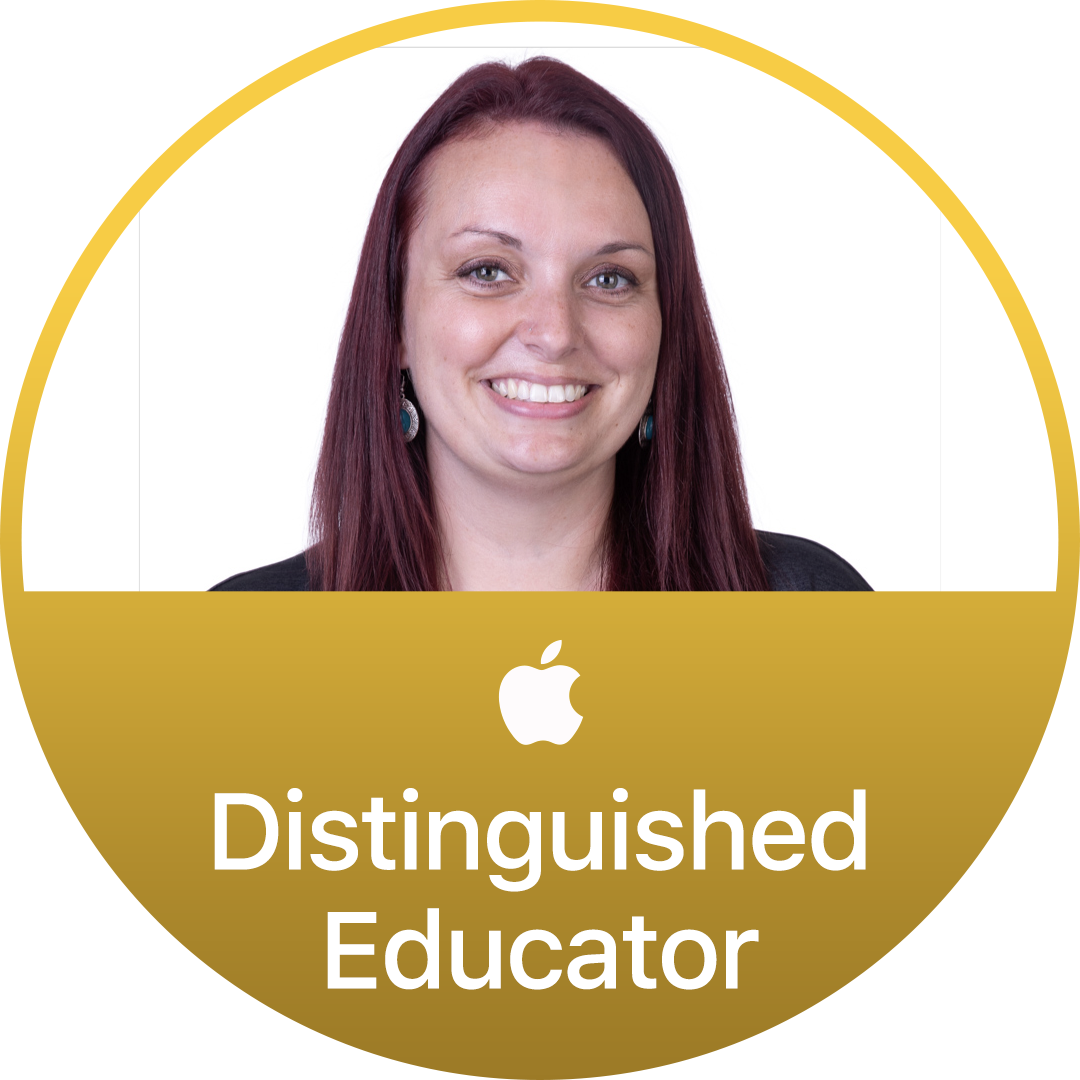


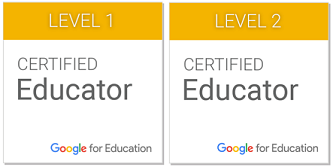
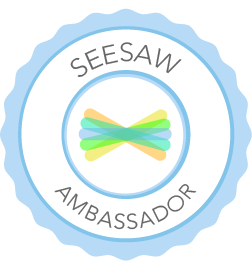
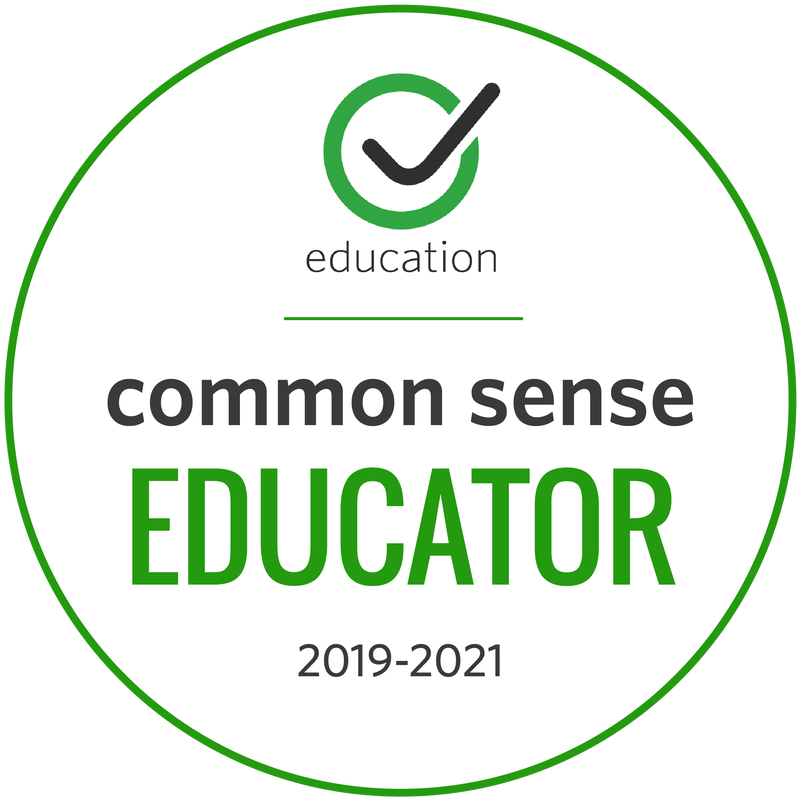
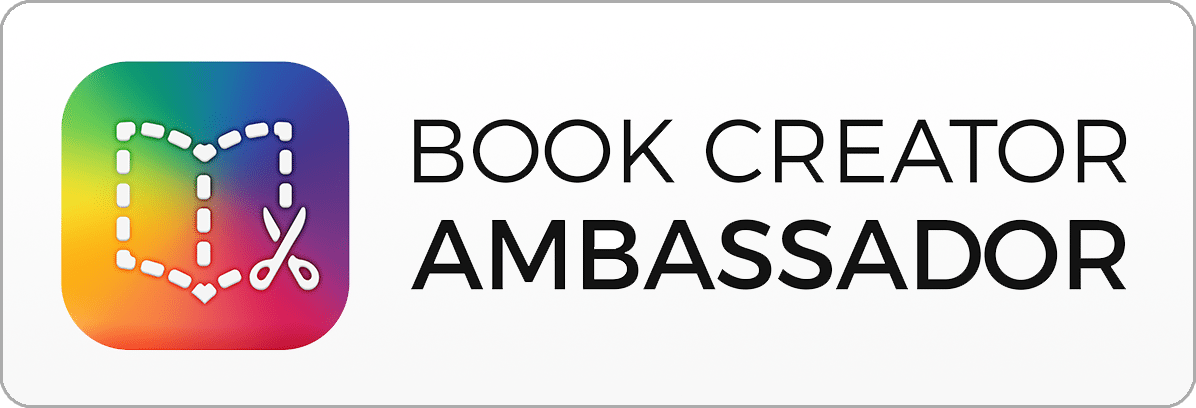
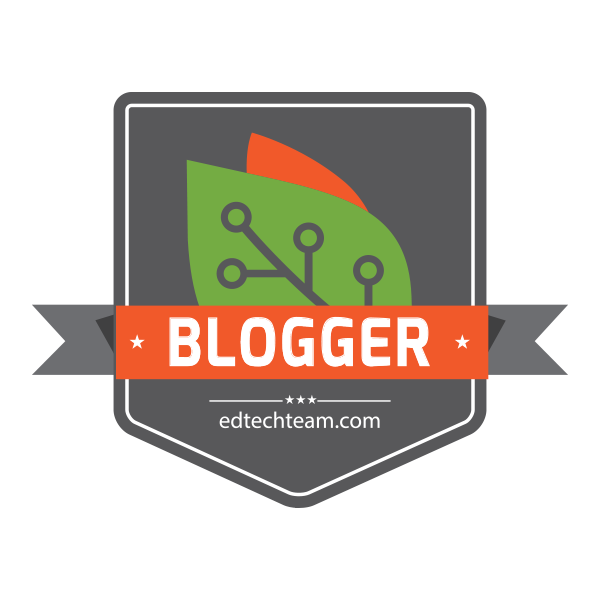
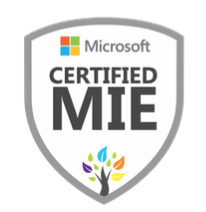
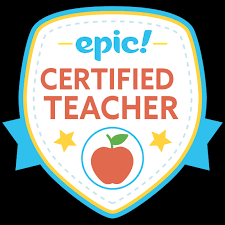

 RSS Feed
RSS Feed